Low key lighting
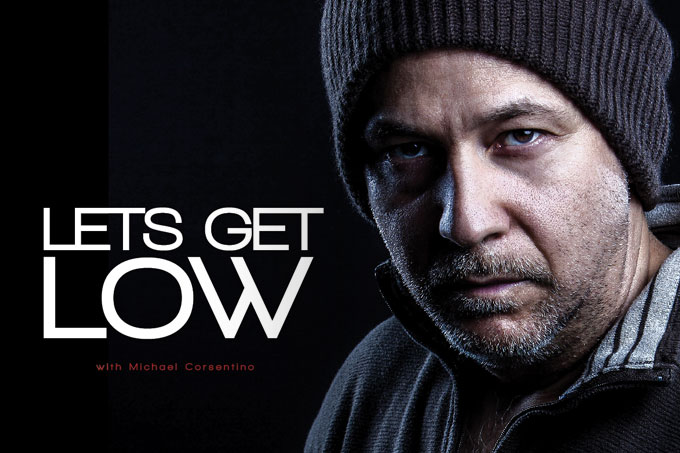
Great lighting is as much about adding light as it is about subtracting it. Low-key lighting is essentially lighting that creates a dramatic difference between the highlights and shadows in an image, also known as chiaroscuro. Typically two- to three-point lighting is used, consisting of a main light, background light or accent light(s) and sometimes a fill light or reflector. Using multiple points of light helps create a layered quality to the lighting and adds depth to your image. This stye of lighting has been historically favored by master painters and is now embraced by film makers and photographers alike. The rapid transitions between highlight and shadow have a sculpting effect that creates volume, contour and drama as it falls on a subject or object.
Modifying & Shaping the Light
Low-key lighting is all about controlling, containing, directing and shaping light so it falls exactly where you want it without any unintended spill onto surrounding areas in the image. To do this effectively a variety of light-shaping tools are employed, from simple to sophisticated.
Because I wanted a rapid fall-off of light and a specular quality for the highlights in these portraits, I choose a Mola Demi 22” beauty dish with no diffusion as the modifier for my key light. This lightweight and easily portable light shaper creates a snappy quality of light that’s perfect for a wide variety of lighting styles. If you haven’t checked out beauty dishes yet I encourage you to do so. I’m using a 500 WS Profoto D1 Air strobe as my main light. The good news is with an accessory bracket the Mola Demi can also be used with Speedlites, which I’ve done on other occasions as well.
To create the rim/accent light on the left and right sides of the images I used two 500 WS Profoto D1 Air strobes. One fitted with a standard reflector and 20o honeycomb grid attached and the other with a small octabank. With the D1s, grids can be attached directly to the light head; however for these portraits I used the older style grid that requires an intermediate reflector. I did this to create a punchier quality of light with the accent light. Grids are essential light-shaping tools and definitely fall into my desert island, lighting-modifier category. Again these are worth looking into when you can. They’re available in hard discs and fabric panels known as “egg crates.”

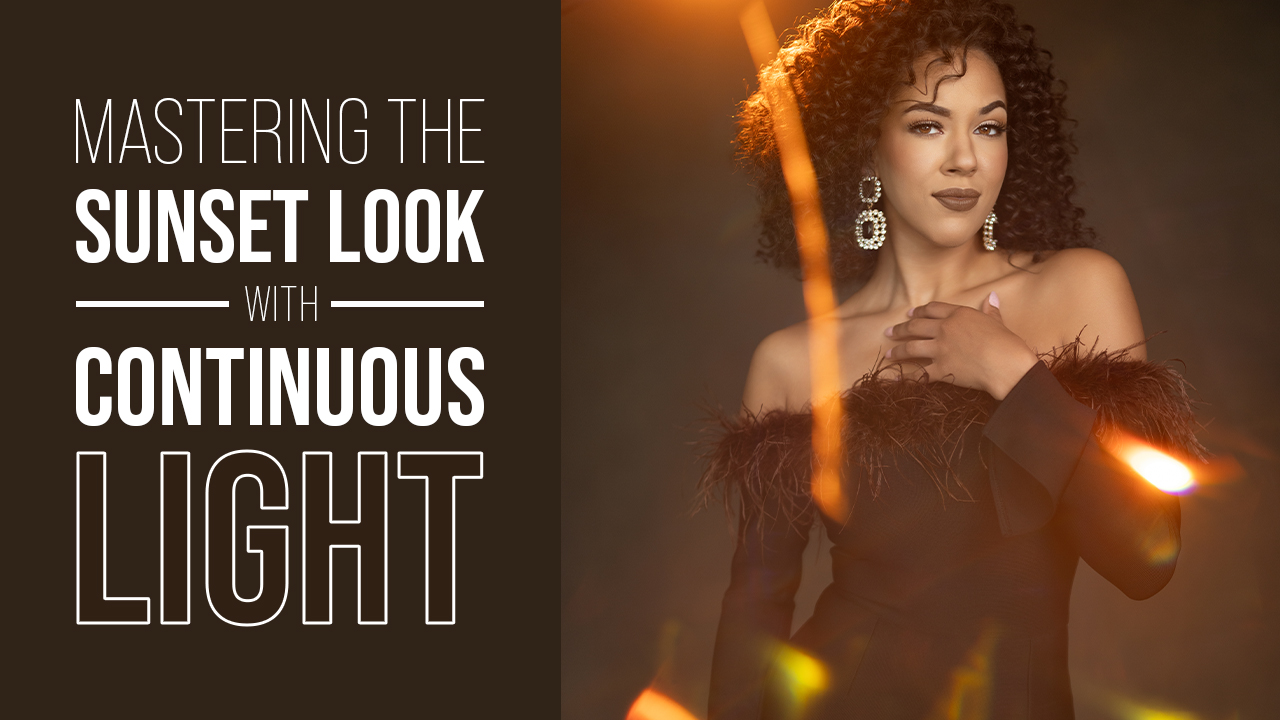
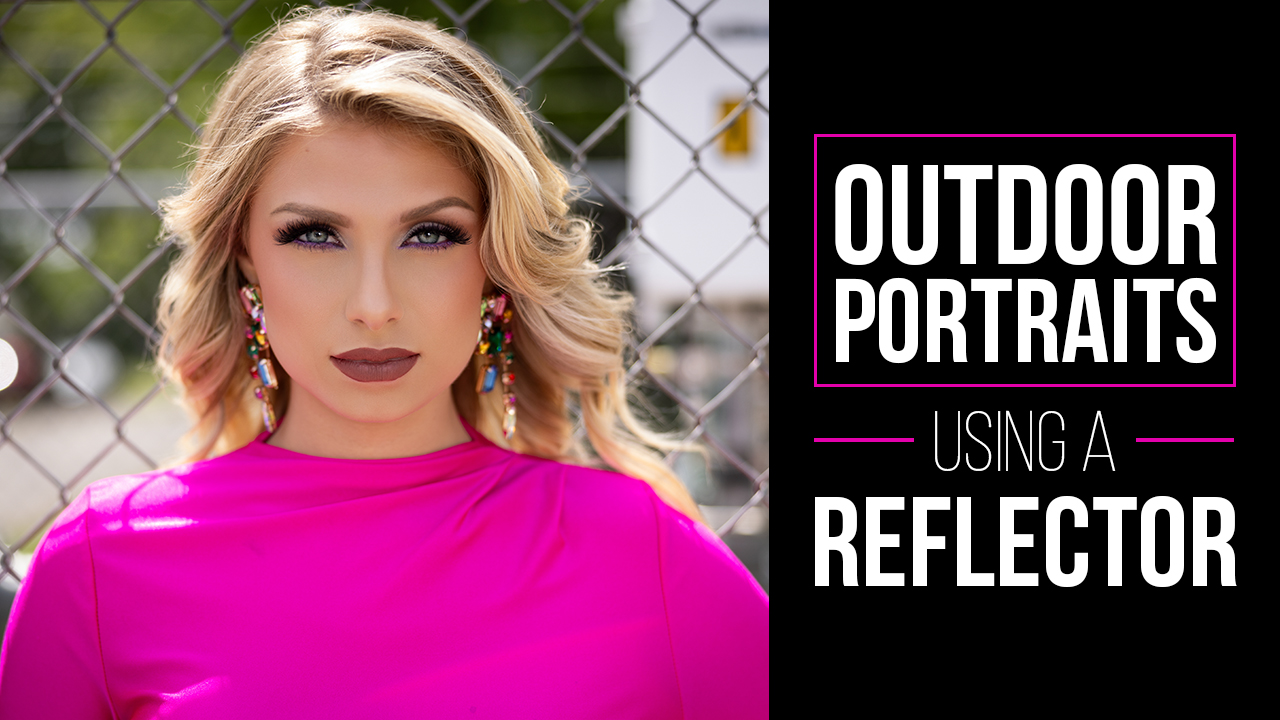
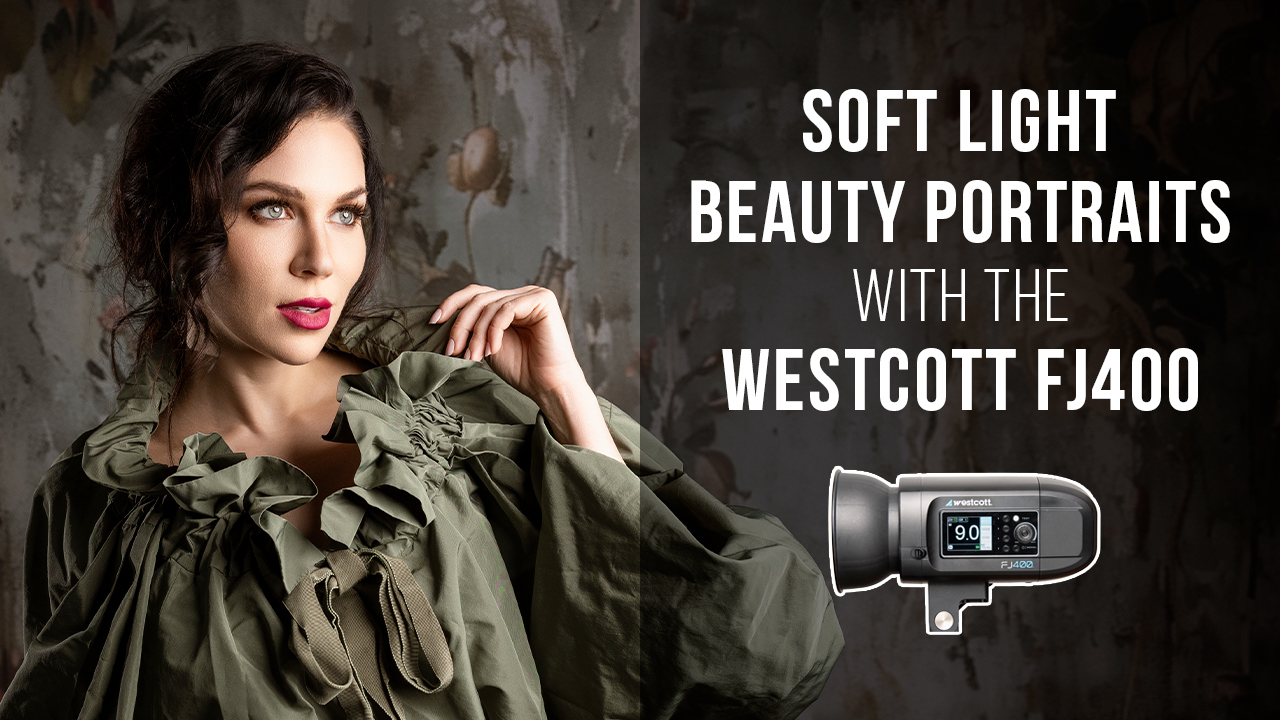
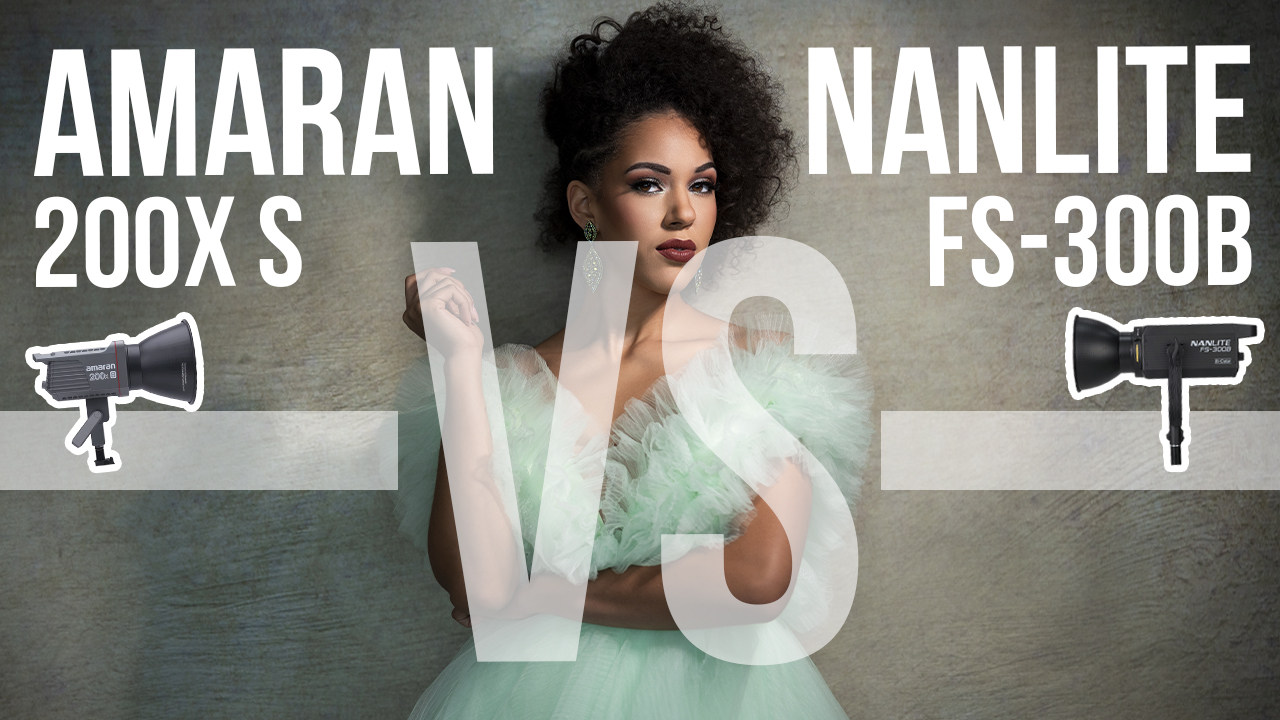



This Post Has 2 Comments
Great description of Low Key Lighting. It would be awesome if he talked about how to do it more and gave links to the gear, behind the scenes images and light readings and placements. Otherwise awesome! 🙂
-Zach
thanks zach – i will pass this along for sure. sal